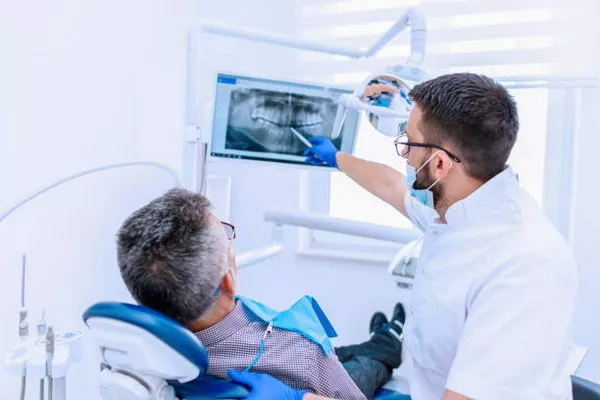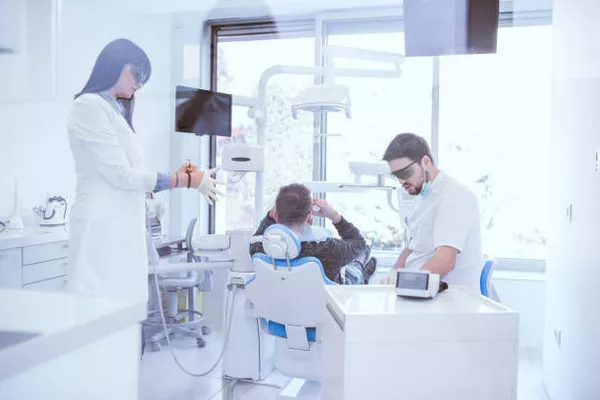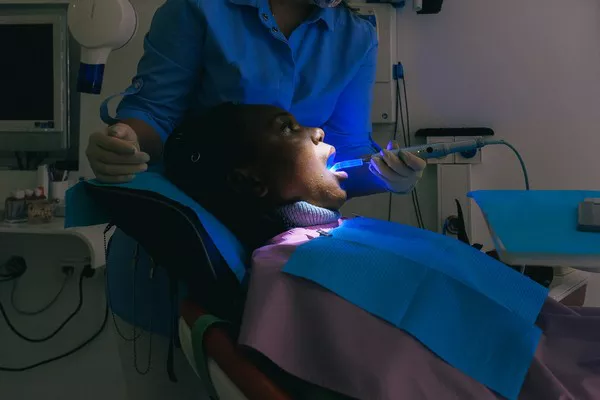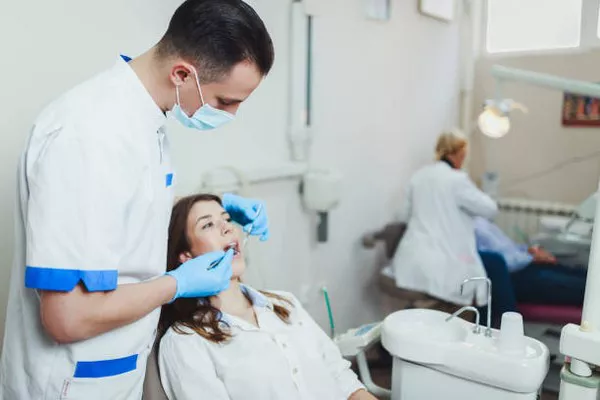How should we care after tooth Extraction Abstract: How should we care after tooth extraction?
How can we protect our teeth after extraction?
What to pay attention to after tooth extraction.
1. Abnormal bleeding after tooth extraction. Under normal conditions after tooth extraction, clots can be formed without bleeding after about 20 minutes of cotton strip compression, but within 24 hours, there will be a small amount of bleeding in the tooth extraction wound, manifested as a small amount of blood in saliva, which is a normal phenomenon.
If there is significant bleeding after several hours, it is called abnormal bleeding after extraction.
The causes of bleeding are systemic factors and local trapped elements.
For bleeding caused by systemic disorders with reduced blood clotting, specialized treatment should be given for this cause, and a small amount of new blood and procoagulant drugs can be given several times if necessary.
At the same time must carry on the local hemostatic treatment, and can apply the local blood stop powder and hemostatic agent.
2. Abnormal pain after tooth extraction. There is generally no obvious pain after tooth extraction, and there is no discomfort after 24 hours.
However, when there is alveolar process injury, sharp alveolar edge, surrounding soft tissue injury, foreign body in tooth extraction, dry groove and other inflammation or adjacent tooth injury, persistent pain can occur and continue for many days.
For abnormal pain after tooth extraction, in addition to analgesia, specific treatment should be carried out according to the cause.
(1) Acute infection after tooth extraction:
Because the blood supply of oral and maxillofacial region is rich, strong appeal, rarely acute postoperative infection, but when the molar local inflammation, especially in patients with surgical trauma, long time or low body condition, postoperative bacteremia can occur, the jaw weeks cellulitis, even causes sepsis, rheumatic heart disease can occur in patients with bacterial endocarditis.
Should be examined in detail, strictly grasp the indications for surgery;
Anti-infection measures should be taken in time after acute infection.
(2) Chronic infection of extraction wound: manifested as wound edema, poor healing, often fistula discharge pus.
This kind of infection is mainly caused by foreign bodies in the tooth extraction (stone, tooth piece, bone piece, etc.) or residual inflammatory bud tissue, general pain is mild, and can be cured after thorough scratching under local anesthesia.
(3) Dry groove disease: it is a kind of alveolar infection after tooth extraction, also known as alveolar osteitis.
Localized alveolar osteomyelitis or fibrinolytic alveolitis.
The incidence of dry groove after extraction is about 2-4%, and the incidence of dry groove after extraction of impacted mandibular wisdom teeth is relatively high.
This condition occurs mostly 3 to 4 days after the operation, and the main symptoms are persistent severe pain of the wound and discharge to the ear and jaw, local lymphadenopathy, tenderness, limited mouth opening, and elevated body temperature. The course of the disease is about L weeks.
The etiology is still unclear, but it is believed that the incidence may be related to the following factors: ¢Ù Trauma: the larger the trauma of tooth extraction, the higher the incidence of dry groove, especially the longer the operation time, the more obvious the injury of alveolar bone.
¢Ú Changes in local blood circulation: blood is not easy to fill after tooth extraction, such as the application of local vasoconstrictor;
Or abnormal bleeding from the wound after extraction.
¢Û The extraction wound is too large: especially mandibular low impacted wisdom teeth, because the alveolar socket contains part of the tooth crown, and the lack of alveolar septum, the granulation tissue growth is not easy to reach the blood clot center 7 days after surgery, and the central part of the blood clot is easy to decompose and fall off.
¢Ü Infection: peritoronal inflammation and distal caries of adjacent teeth are easy to cause clot infection and destruction.
In addition, mandibular wisdom teeth are located under the back of the mouth, so food and saliva can easily enter the wound and become infected.
The treatment of dry groove disease: at present, local treatment is mostly adopted. Firstly, necrotic and corrupt tissues are removed, and after the tooth extraction is washed, iodoform gauze is put in, and antimicrobials, soothing agents and analgesics can be put in at the same time.
Change the dressing once a day, and the pain will disappear when the bone surface is covered with new granulation.
In the local treatment at the same time can be combined with anti-inflammatory analgesic drugs and local physiotherapy.
(4) subcutaneous emphysema out mainly happens on the mandibular impacted wisdom teeth, because of sticky periosteal flip flap dissection scope is too large, alveolar bone chisel in addition to too much, or frequent salivary vomit after wound closure in patients with cough, or use the high speed turbine dental drill cut crown to bone or neck subcutaneous air into the wound and jaws formed subcutaneous emphysema, even for serious cervical and thoracic pneumomediastinum.
The main manifestations are non-disease swelling, palpation has “twist pronunciation”.
In order to prevent subcutaneous emphysema, the flap flap should be avoided. An iodoform yarn should be placed for drainage to avoid the formation of “living flap” with air entering. Patients after tooth extraction should not cough forcefully.
In the event of emphysema, a drainage should be placed in the wound and a local pressure bandage should be placed to control the infection.
Generally 1 ~ 2 days can be gradually absorbed.































